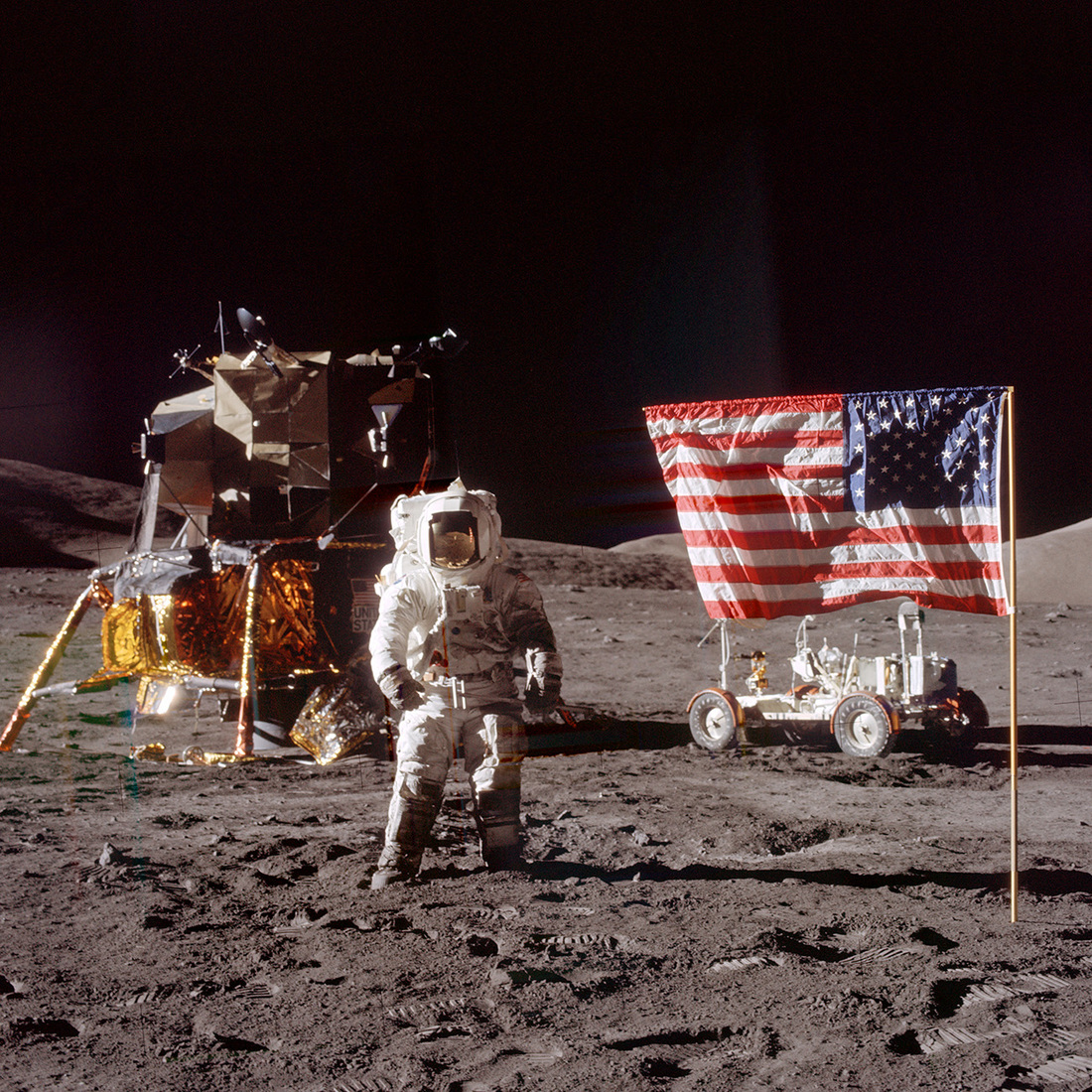Title: Unveiling Secrets: The Hidden Truths About Landing on the Moon
Introduction:
The Apollo 11 mission in 1969 marked a historic achievement for humanity as Neil Armstrong and Buzz Aldrin became the first humans to set foot on the moon. While this monumental event is widely celebrated, there are several lesser-known secrets and fascinating details that surround the moon landing. In this blog post, we delve into some of the hidden truths about landing on the moon that you might not have heard before.
1. The Unseen Preparations:
Behind the scenes of the Apollo 11 mission, countless hours of meticulous planning and preparation took place. Engineers and scientists worked tirelessly to ensure the success of the mission, from developing complex navigation systems to simulating lunar environments. The astronauts underwent extensive training, including practicing moonwalks in a simulated lunar landscape on Earth.
2. The Missing Original Tapes:
One surprising secret is that the original high-quality tapes of the moon landing broadcast have been lost. The footage that we commonly see today is actually a lower-quality recording. Efforts to recover the original tapes have unfortunately been unsuccessful, leaving us with a grainier version of this historic moment.
3. Moonquakes and Seismic Data:
After landing on the moon, the Apollo 11 astronauts left behind seismometers that transmitted data to Earth. This led to the discovery of moonquakes, which are caused by the gravitational pull of Earth and the cooling of the moon's interior. The seismic data collected from these instruments has provided valuable insights into the moon's composition and geological activity.
4. Footprints That Last Forever:
One captivating secret of the moon landing is that the footprints left by the astronauts will remain preserved for millions of years. With no atmosphere and minimal erosion, there is virtually no natural process to erase these footprints, serving as a timeless testament to human exploration.
5. Unanticipated Lunar "Bounce":
Upon landing on the moon, the astronauts noticed a peculiar phenomenon – the moon's surface seemed to bounce or wobble slightly. This phenomenon, known as the "lunar bounce," was a result of the moon's lack of atmosphere and the transmission of seismic waves through its surface.
6. Cosmic Time Capsule:
The equipment and experiments left behind on the moon by various Apollo missions, including seismometers and retroreflectors, continue to be used by scientists to this day. These instruments serve as a sort of cosmic time capsule, enabling researchers to gather data and gain insights into the moon's characteristics and its interaction with Earth.
Conclusion:
The moon landing stands as a defining moment in human history, but it's the lesser-known secrets and intricacies that add an extra layer of fascination to this remarkable achievement. From the unseen preparations to the enduring footprints and unexpected lunar phenomena, the moon landing is a testament to human ingenuity, determination, and the quest for knowledge that continues to inspire us today.




Comments
Post a Comment